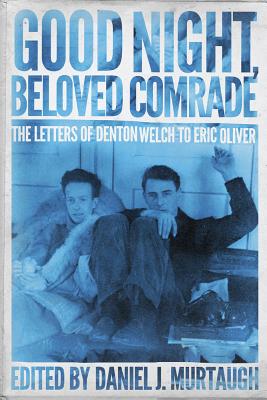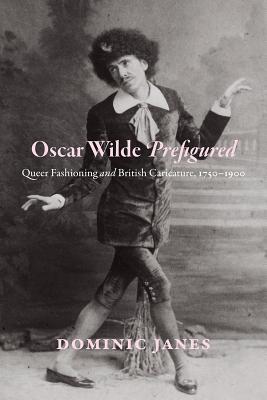
Catching David Leddick at 100 MPH
DAVID LEDDICK may be known best for his homoerotic art books, though it could be for his many novels and memoirs—but then again, it could be for his musicals or film appearances. And yet he started his career as a dancer with the Metropolitan Opera and spent years in the advertising biz, in Paris, as creative director for Revlon and L’Oréal. You get the idea.
More









